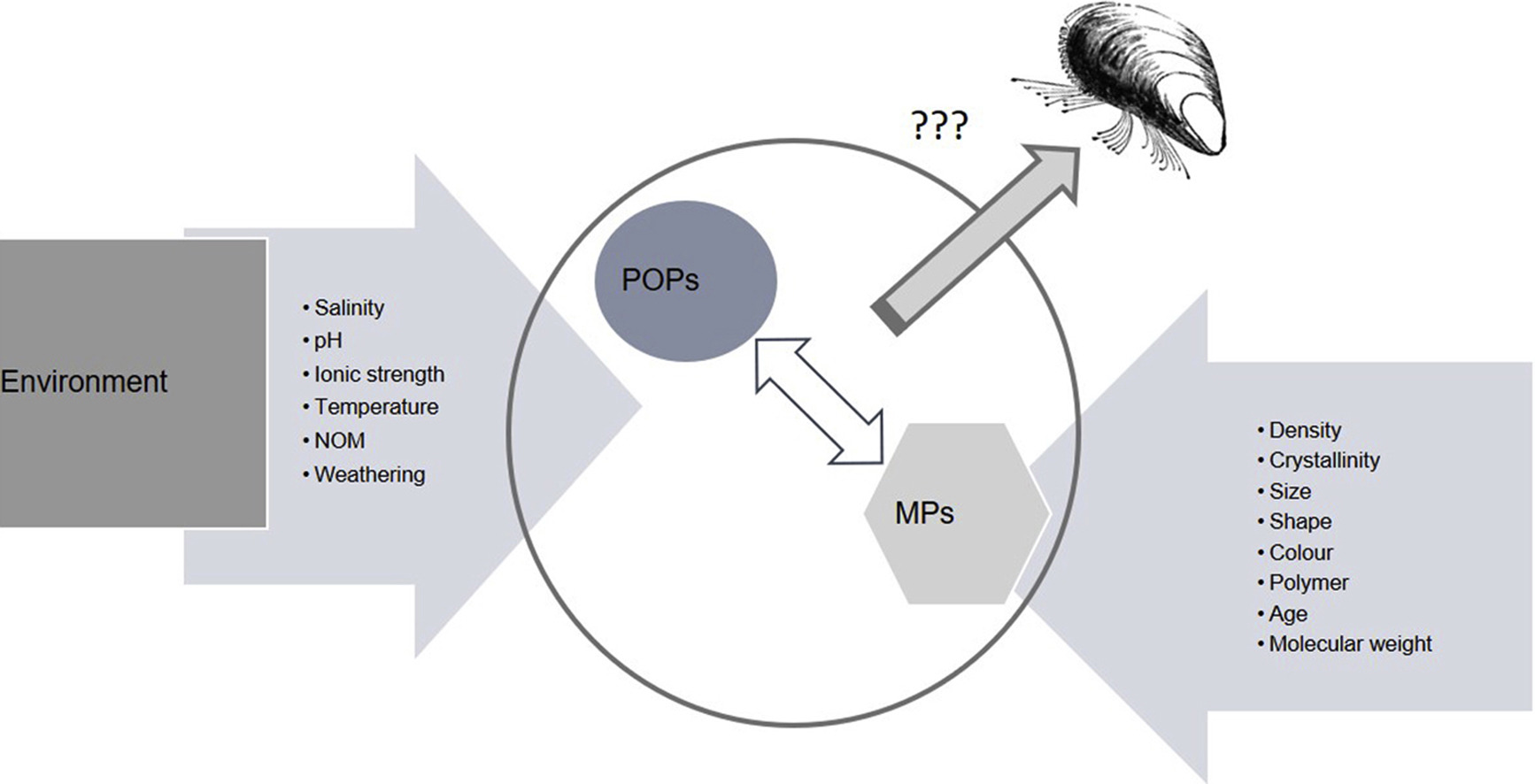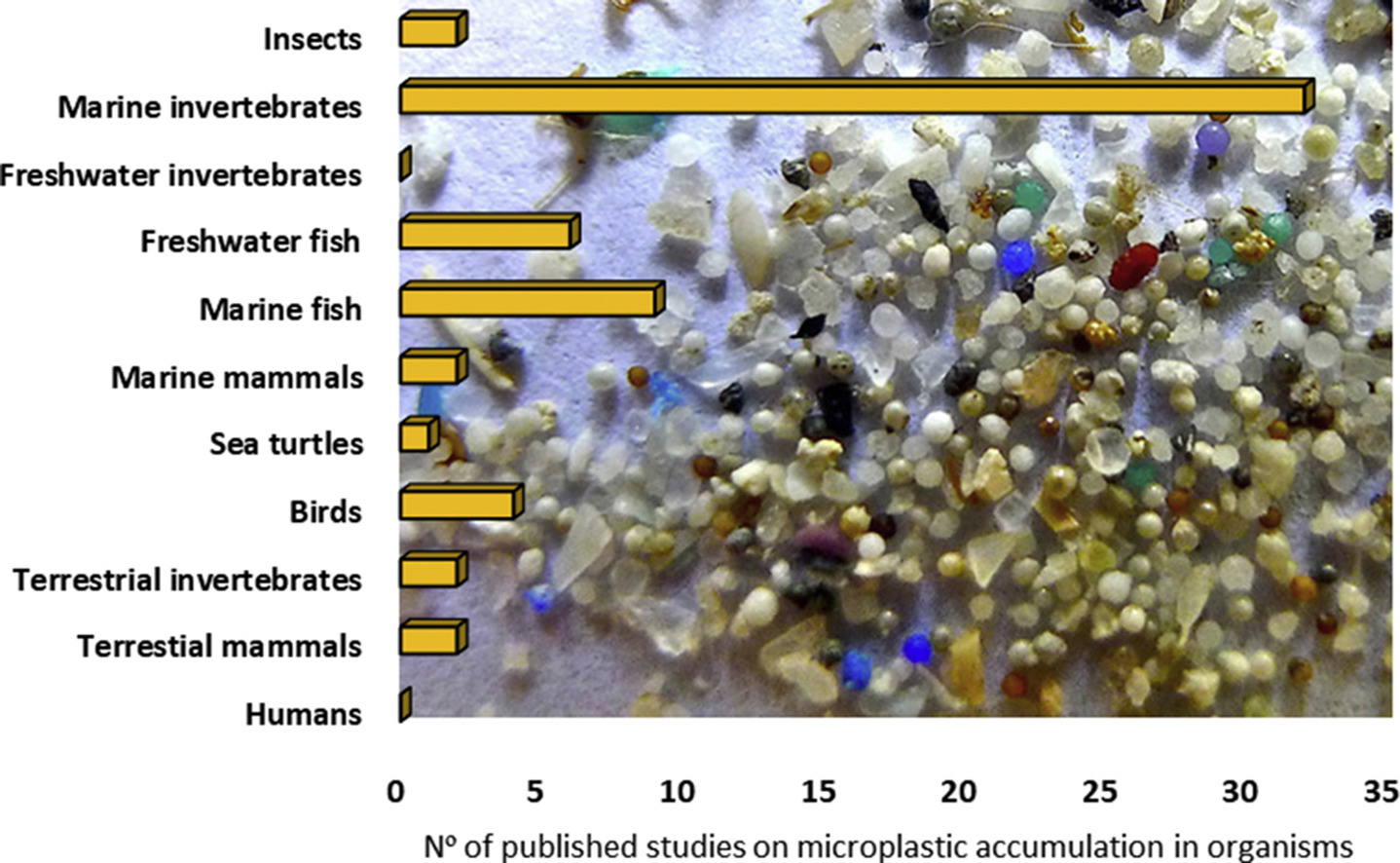Elsevier, TrAC - Trends in Analytical Chemistry, Volume 111, February 2019
The presence of plastic debris in the ocean is increasing and several effects in the marine environment have been reported. A great number of studies have demonstrated that microplastics (MPs) adsorb organic compounds concentrating them several orders of magnitude than the levels found in their surrounding environment, therefore they could be potential vectors of these contaminants to biota. However, a consensus on MPs as vectors of persistent organic pollutants (POPs) has not been reached since are opposing views among different researchers on this topic.
Elsevier, TrAC - Trends in Analytical Chemistry, Volume 111, February 2019
Following a decade of research on the environmental impacts of microplastics, a knowledge gap remains on the processes by which micro and nanoplastics pass across biological barriers, enter cells and are subject to biological mechanisms. Here we summarize available literature on the accumulation of microplastics and their associated contaminants in a variety of organisms including humans. Most data on the accumulation of microplastics in both field and lab studies are for marine invertebrates.
Elsevier, TrAC - Trends in Analytical Chemistry, Volume 111, February 2019
Interest about interactions between microplastics and organisms is on the rise. Accessing organisms’ responses to these chemically “inert” compounds plays an important role in determining their potential toxicity. Microplastics from the environment tend to accumulate and move through living organisms, inducing a variety of biological effects, such as disturbances in energy metabolism, oxidative balance, antioxidative capacity, DNA, immunological, neurological and histological damage.
Elsevier, TrAC - Trends in Analytical Chemistry, Volume 111, February 2019
The quantification of micro- and nanoplastics in environmental matrices is an analytical challenge and pushes to the use of unrealistic high exposure concentrations in laboratory studies which can lead to manifestations of ecotoxicological effects and risks estimation that are transient under natural conditions.
Elsevier, Psychiatry Research, Volume 272, February 2019
Black ethnicity is associated with increased risk for psychosis in South London. This study explored the distribution of ethnicity among services users at ultra high risk for psychosis (UHR) and examined the influence of ethnicity on service access, treatment uptake and incidence of psychosis. The ethnic distribution of 228 people at UHR for psychosis, seen in an early detection clinical service over 10 years, was compared with 146 people with first episode psychosis from the same geographic region and census figures for the local population.
Elsevier, Applied Soil Ecology, Volume 134, February 2019
Common soil characteristics, nutrients and microbial activity at deeper soil depths are topics seldom covered in agricultural studies. Biogeochemical cycles in deep soils are not yet fully understood. This study investigates the effect of different mineral and organic fertilisation on soil organic matter dynamics, nutrients and bacterial community composition in the first meter of the soil profiles in the long-term maize cropping system experiment Tetto Frati, near the Po River in northern Italy.
Elsevier, Current Opinion in Green and Sustainable Chemistry, Volume 15, February 2019
This mini-review succinctly describes the recent progresses in selective heterogeneous photocatalysis for the preparation of high value organics from lignocellulose-based waste as well as the perspective use of its fundamentals to develop a new concept of solar bio-refineries highlighting the challenges for the future and some needs to innovate.
Elsevier, Neurobiology of Stress, Volume 10, February 2019
The Alzheimer's disease (AD) was discovered and the pathological hallmarks were revealed more than a century ago. Subsequently, many remarkable discoveries and breakthroughs provided us with mechanistic insights into the pathogenesis of AD. The identification of the molecular underpinning of the disease not only provided the framework of AD pathogenesis but also targets for therapeutic inventions. Despite all the initial successes, no effective treatment for AD has emerged yet as all the late stage of clinical trials have failed.


